Chromatin/Epigenetics

Epigenetics is the heritable modifications in gene expression that is not associated with changes in DNA sequence. Epigenetic modifications occur mostly on DNA or on the histone octamer. There are several types of epigenetics modifications, DNA methylation by DNA-methyl transferase (DNMT) and covalent modification of histones (e.g. acetylation, methylation, phosphorylation and ubiquitination). Histone acetylation by histone acetyltransferases (HATs) is involved in transcriptional activation, whereas histone deacetylation by histone deacetylases (HDACs) is connected with transcriptional repression. Histone demethylation is associated with lysine-specific demethylase (LSD) and JmjC domain containing histone demethylase (JHDM).
The nucleosome is consisted of four histone proteins (H2A, H2B, H3, and H4), they are primary building block of chromatin. The addition and removal of specific chemical groups refers to as epigenetic marks, it regulates chromatin structure and affects gene expression. Moreover, RNA is intimately involved in the formation of a repressive chromatin state.
Epigenetic mechanism responds to environmental changes at the cellular level and thus influences cellular plasticity. Chromatin and epigenetic regulation play a significant role in the programming of the genome during development and stress response, defects in epigenetics can lead to cancer, inflammation and metabolic disorders etc.
-
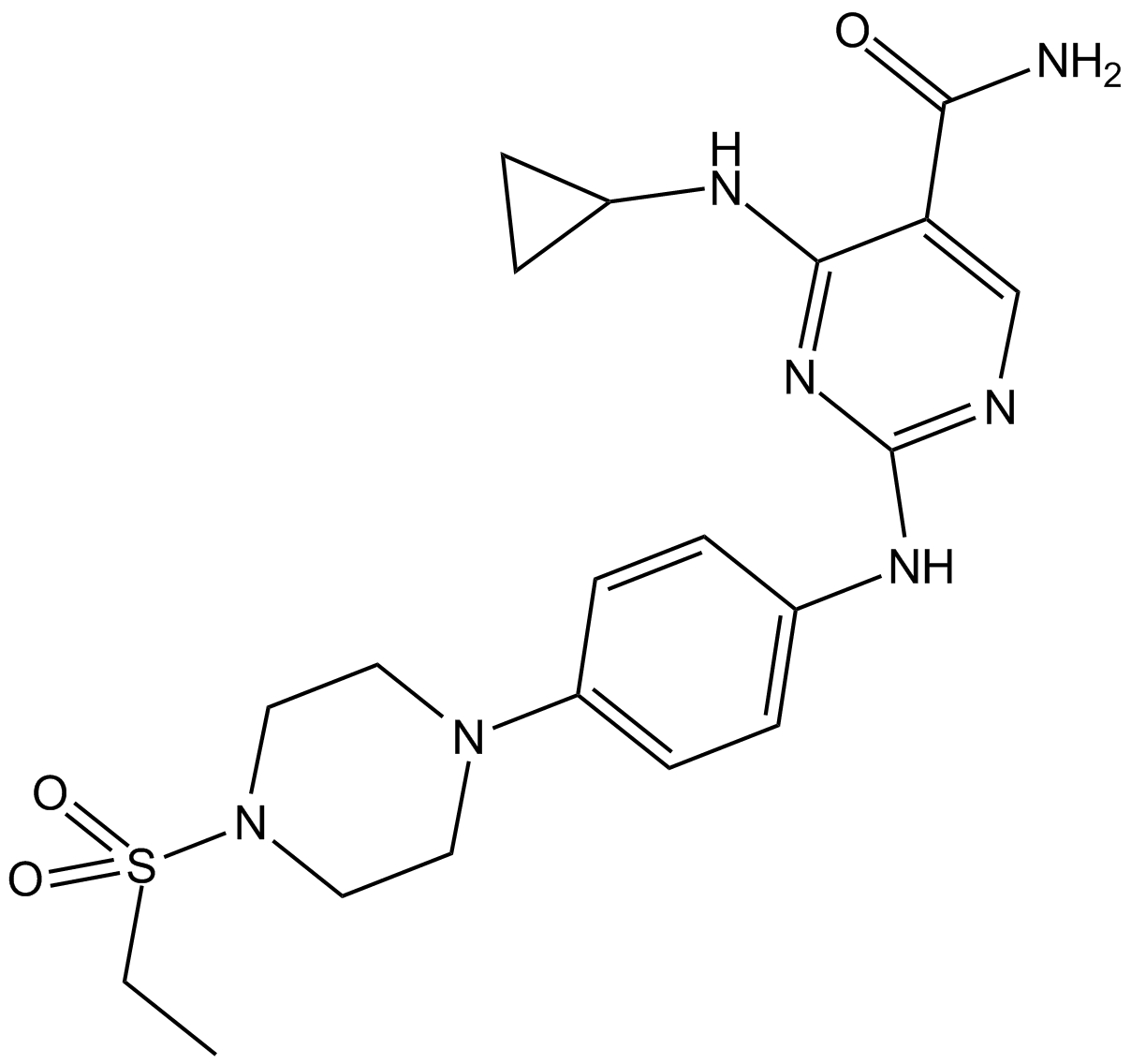 B8023 Cerdulatinib (PRT062070)Target: JAK|Syk|TYK2Summary: Syk/JAK inhibitor
B8023 Cerdulatinib (PRT062070)Target: JAK|Syk|TYK2Summary: Syk/JAK inhibitor -
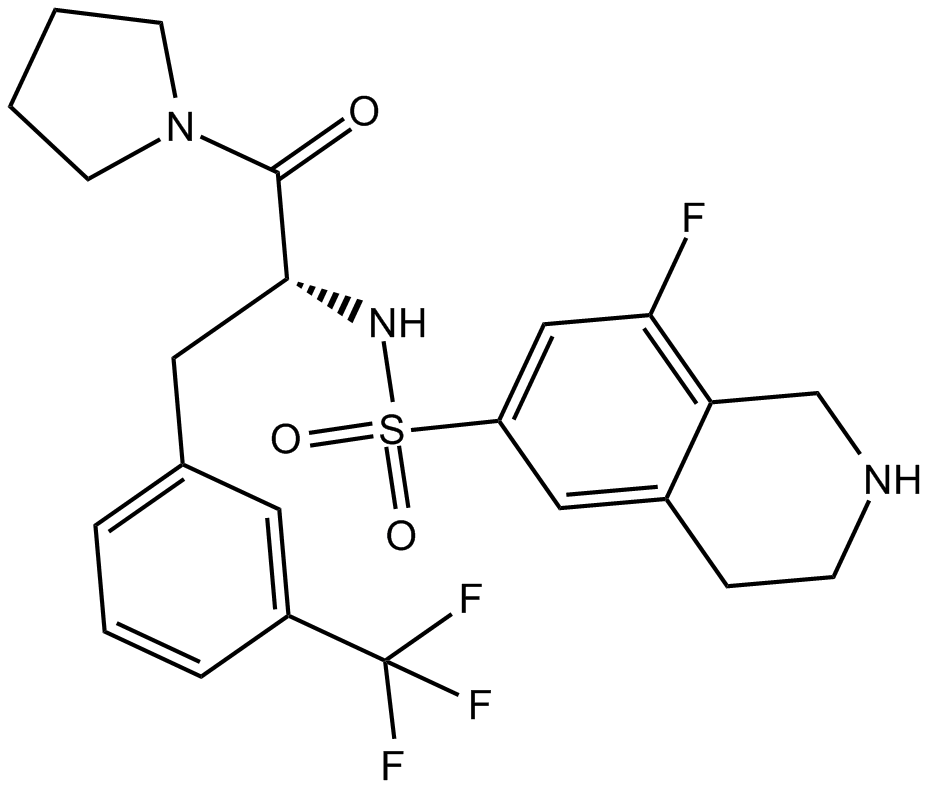 B4875 PFI-21 CitationTarget: SETD7Summary: SETD7 methyltransferase inhibitor
B4875 PFI-21 CitationTarget: SETD7Summary: SETD7 methyltransferase inhibitor -
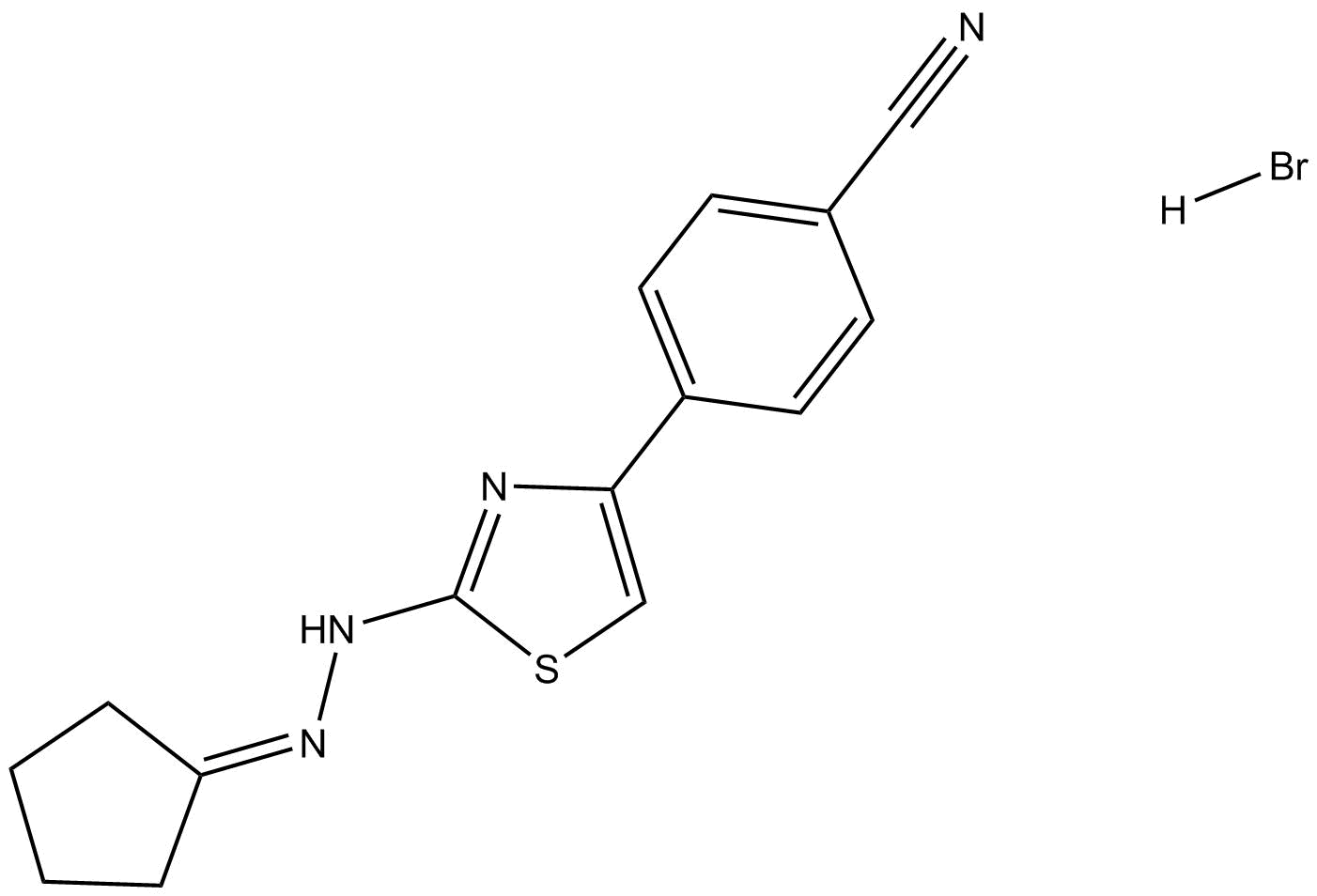 B4887 Remodelin hydrobromideTarget: NAT10Summary: NAT10 inhibitor
B4887 Remodelin hydrobromideTarget: NAT10Summary: NAT10 inhibitor -
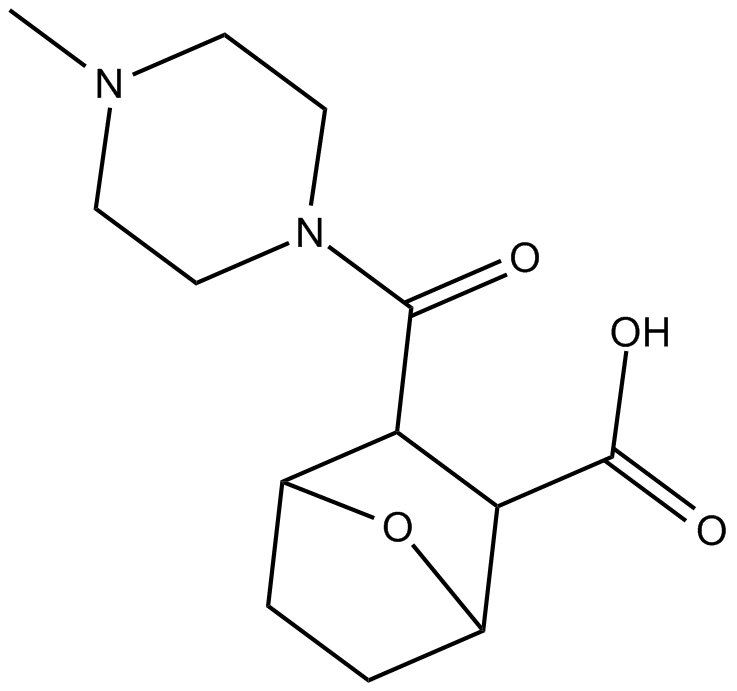 B4846 LB-100Summary: protein phosphatase 2A(PP2A)inhibitor
B4846 LB-100Summary: protein phosphatase 2A(PP2A)inhibitor -
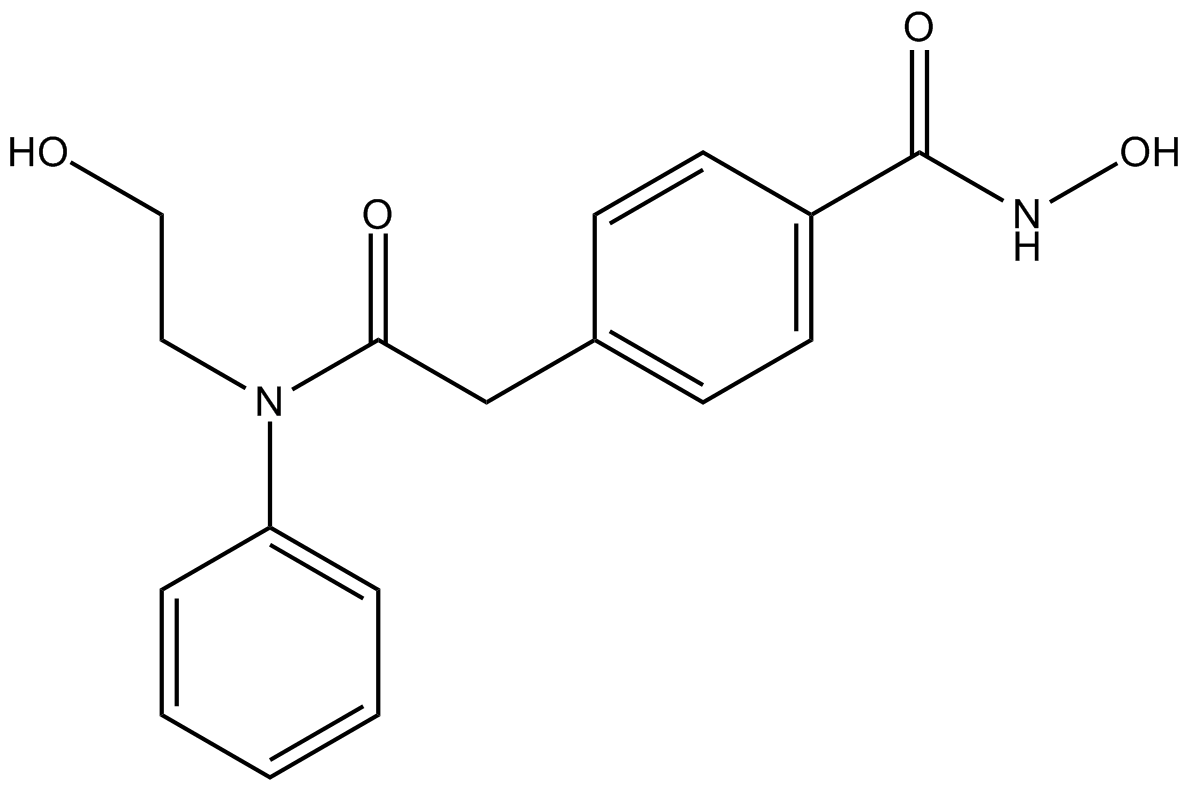 B4890 HPOB1 CitationTarget: Histone Deacetylases (HDACs)Summary: HDAC6 inhibitor, potent and selective
B4890 HPOB1 CitationTarget: Histone Deacetylases (HDACs)Summary: HDAC6 inhibitor, potent and selective -
 B4891 ML3241 CitationSummary: JMJD2 demethylase inhibitor, potent and cell-permeable
B4891 ML3241 CitationSummary: JMJD2 demethylase inhibitor, potent and cell-permeable -
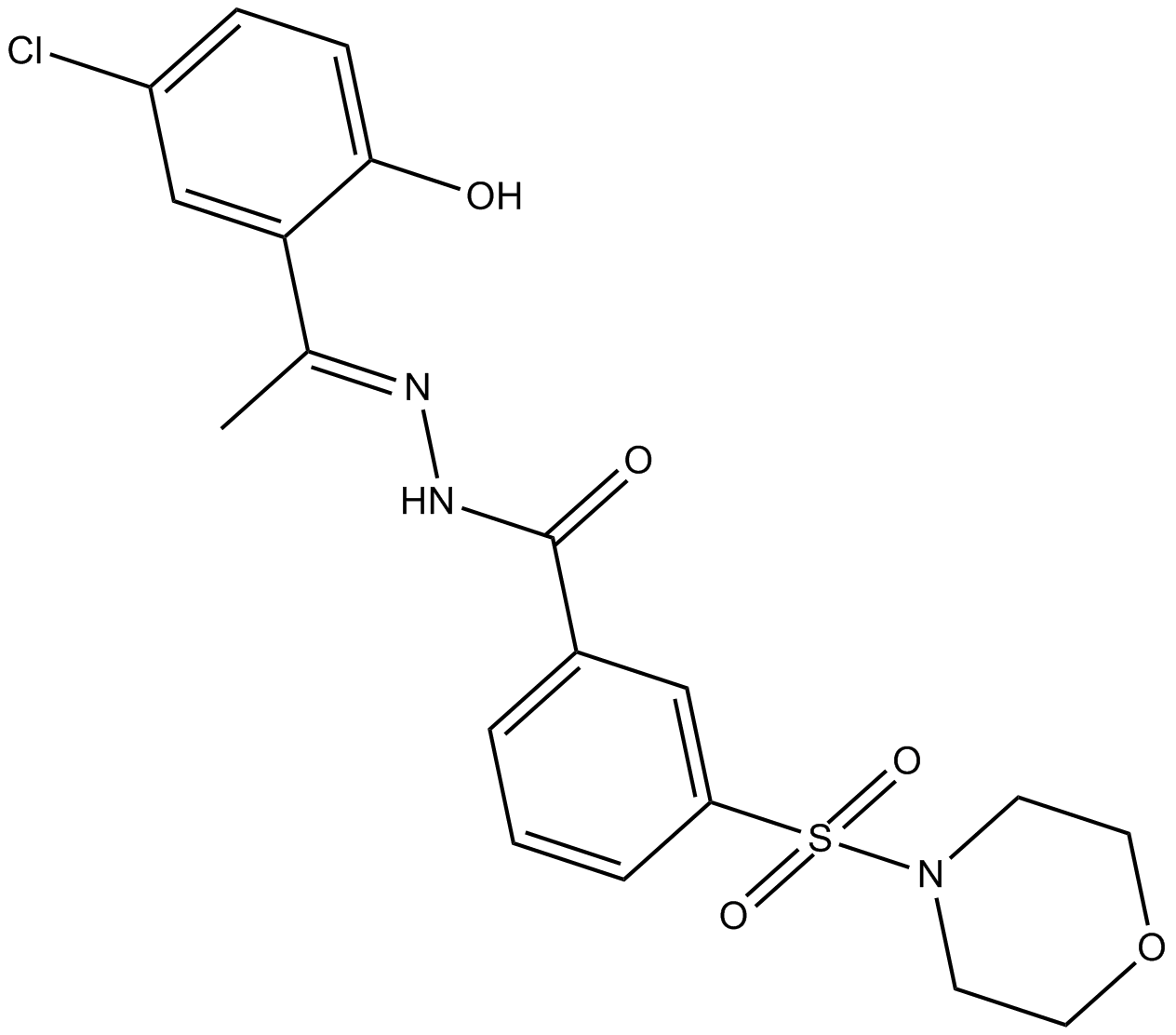 B4894 SP2509Target: Histone DemethylasesSummary: Demethylase 1 (LSD1) antagonist, novel Lysine-specific
B4894 SP2509Target: Histone DemethylasesSummary: Demethylase 1 (LSD1) antagonist, novel Lysine-specific -
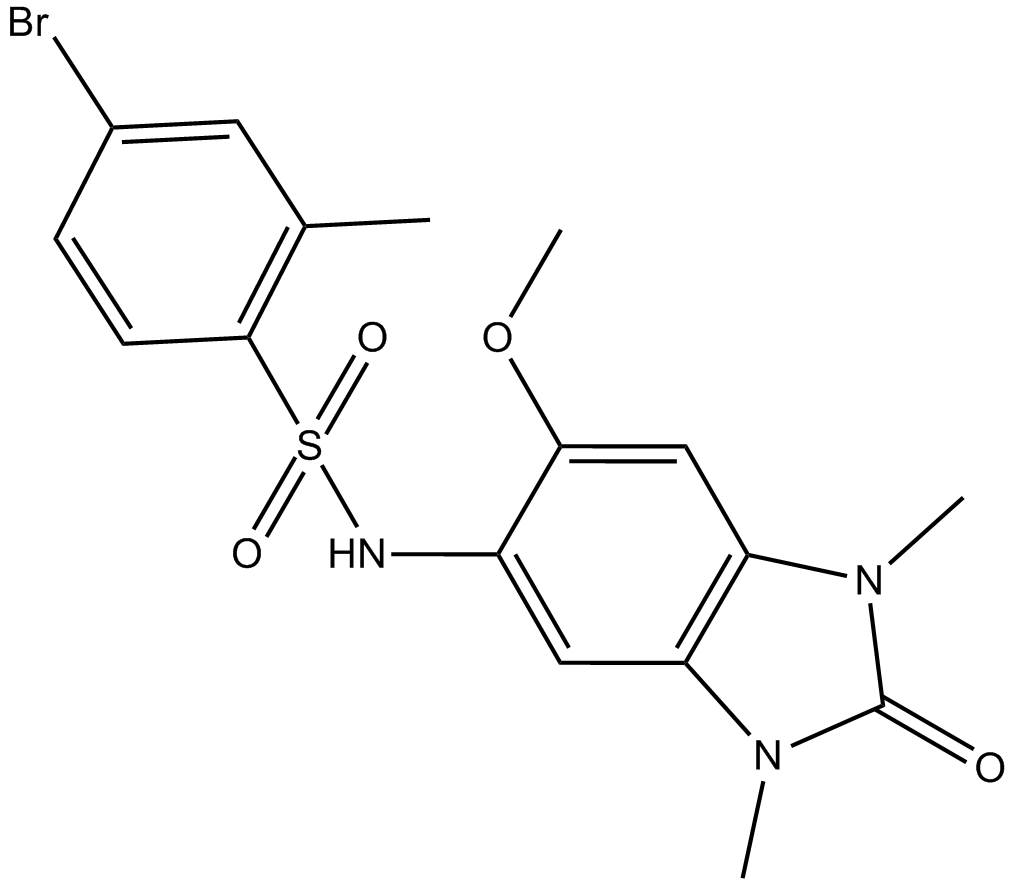 B4895 OF-1Summary: BRPF1B and BRPF2 bromodomain inhibitor
B4895 OF-1Summary: BRPF1B and BRPF2 bromodomain inhibitor -
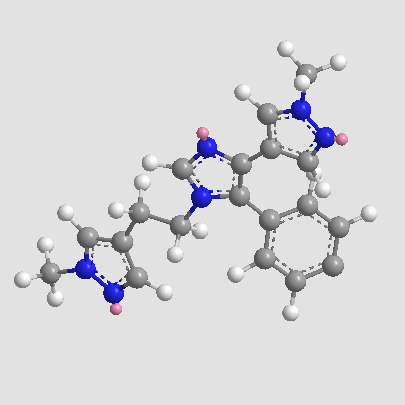 B4915 BAZ2-ICRSummary: Selective BAZ2 bromodomain inhibitor
B4915 BAZ2-ICRSummary: Selective BAZ2 bromodomain inhibitor -
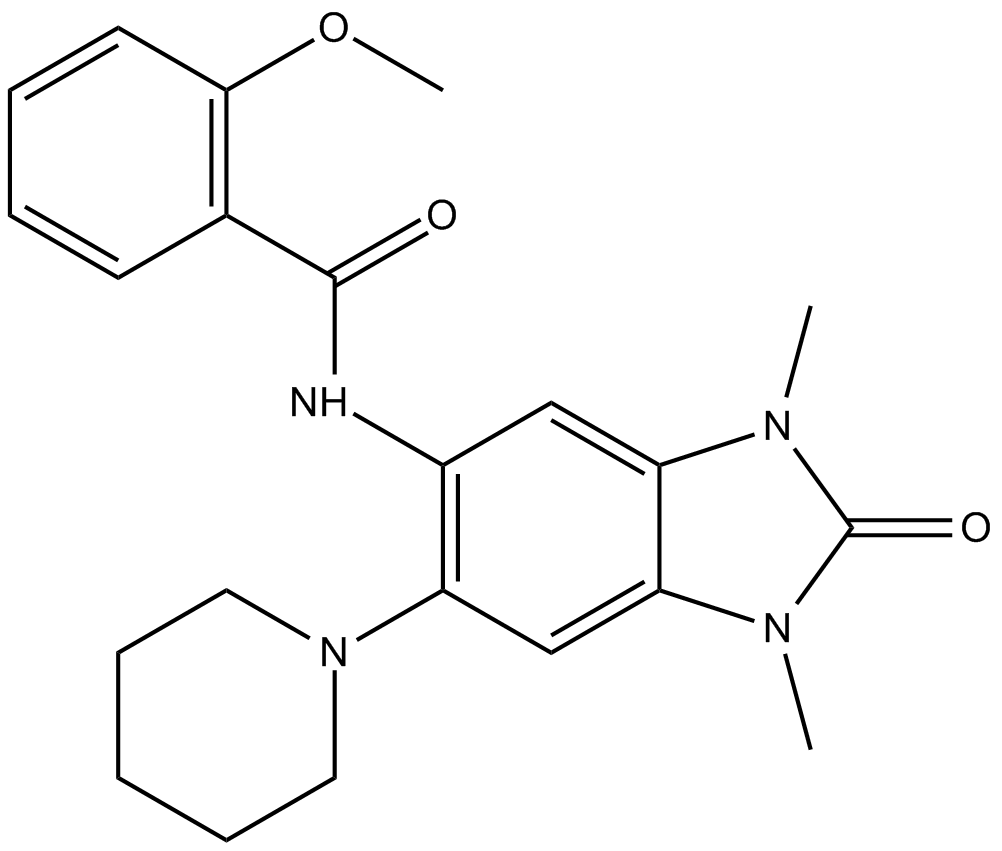 B4916 GSK 5959Summary: BRPF1 bromodomain inhibitor
B4916 GSK 5959Summary: BRPF1 bromodomain inhibitor

